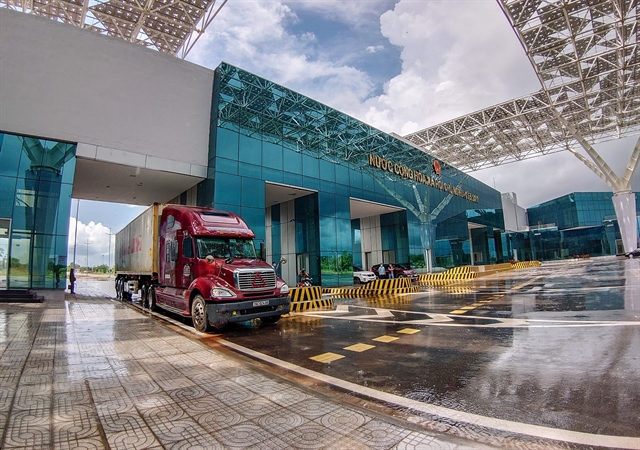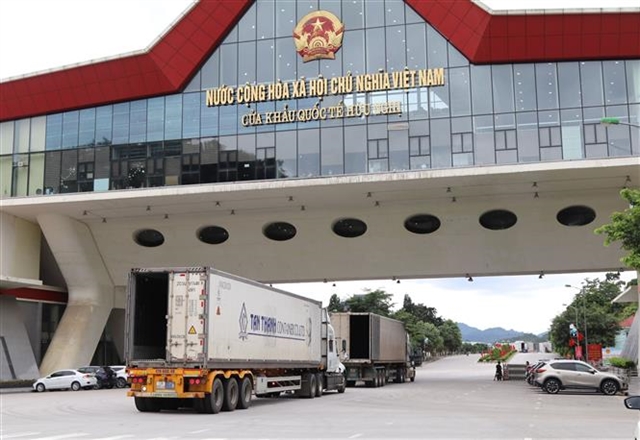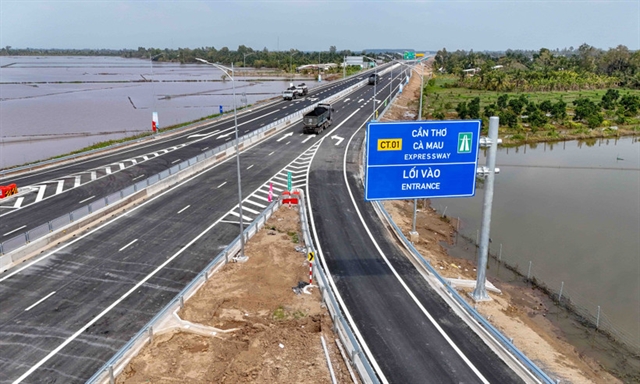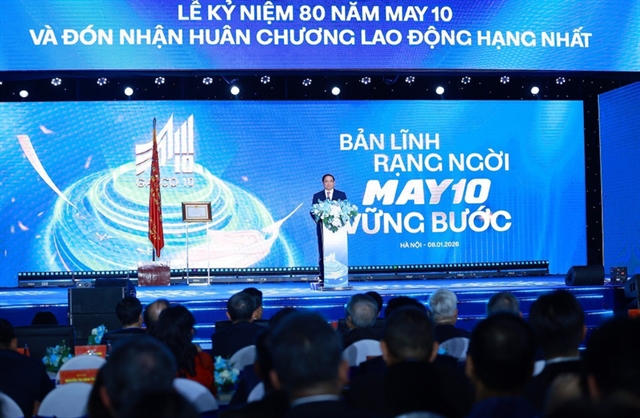 Economy
Economy

 |
| At Hữu Nghị Border Gate, Lạng Sơn Province. — VNA/VNS Photo |
HÀ NỘI — Deputy Prime Minister Lê Thành Long has issued Decision 865/QD-TTg, approving a pilot project to establish smart border checkpoints at specialised freight transport routes between Border Markers No.1119 – 1120 and No.1088/2 – 1089 at the Hữu Nghị (Việt Nam) – Youyi Guan (China) International Border Gate Pair.
The project will be implemented in two phases, from Q3 2024 to the end of Q3 2029. The first phase, focusing on building infrastructure, will take place from Q3 2024 to the end of Q2 2026, followed by the pilot phase starting in Q3 2026.
Funding for the project will come from the state budget, supplemented by capital from approved programmes and projects, as well as socialisation sources and other legal capital as per regulations.
The project aims to transform the northern mountainous province of Lạng Sơn, where the Hữu Nghị border gate is located, into a key centre for import-export, trade, and tourism in the northeastern region. It also seeks to make Hữu Nghị a model border gate, positioning it as the most advanced road border gate within the Association of Southeast Asian Nations (ASEAN), with high-tech applications and a modern road transport system connected to seaports and airports. The goal is to establish Vietnam's largest road-based commercial centre for trade with ASEAN countries and China.
The smart checkpoints will utilise modern science and technology in managing import-export goods and the entry and exit of vehicles, thereby increasing the capacity and efficiency of customs clearance. This initiative is expected to alleviate congestion at border gates, reduce transportation and customs clearance costs, create a favourable business environment for import-export businesses, increase state revenue, and combat smuggling and trade fraud. The project also aims to stabilise and improve the livelihoods of people on both sides of the border, while maintaining political security, social order, and national border sovereignty.
By 2027, the project aims to increase customs clearance capacity at the specialised freight transport routes by 2-3 times compared to current levels. The number of vehicles passing through the area of Border Markers No.1119 – 1120 is expected to rise from 800 to 2,000 - 2,500 per day, and from 400 to 800 - 1,200 per day for the area of Border Markers No.1088/2 – 1089.
By 2030, customs clearance capacity at the two routes is projected to increase by 4-5 times, with the number of vehicles reaching 3,000-3,500 and 2,000-2,500 per day, respectively.
The total import-export turnover through the area of Border Markers No.1119 – 1120 is expected to reach approximately US$85 billion, and about US$25 billion for the area of Border Markers No.1088/2 – 1089. — VNS




